Your Cart is Empty
📢❄️ 🥶Winter Alert🥶❄️📢 | USE CODE: "SAVE75"for $75 off $2,000+ On Your Order
📢❄️ 🥶Winter Alert🥶❄️📢 | USE CODE: "SAVE75"for $75 off $2,000+ On Your Order
How To Choose A Propane Fire Pit?
April 17, 2023 3 min read

To choose a propane fire pit consider the following factors:
- Heat output measured in BTUs
- Fuel source
- Lighting method such as manual spark ignition or electronic ignition
- Aesthetics and size
- Intended use such as for camping or ambiance
How Does The Heat Output Of A Propane Fire Pit Affect Its Performance And Efficiency?
The heat output of a propane fire pit is measured in BTUs (British Thermal Units) and affects its performance and efficiency.
Propane is a popular fuel for gas fire pits because it burns with more intense heat and has a clean-burning.
The amount of BTUs a fire pit has is measured in terms of how much heat it can generate and it tells you the power output and not the size or what heating element should be used for your outdoor fireplace equipment.
The size of the fire pit can also impact its heat output with larger fire pits generally producing more heat than smaller ones.
What Are The Advantages And Disadvantages Of Using Propane As A Fuel Source For A Fire Pit Compared To Other Options Such As Wood Or Natural Gas?
Propane has several advantages as a fuel source for a fire pit.
It is a domestically produced fuel that is cost-effective and produces more units of energy than many other fuels.
In terms of efficiency propane provides about 2500 BTUs which is higher than the 1000 BTUs provided by the same volume of natural gas.
However propane also has some disadvantages.
It is a non-renewable resource and requires special storage and handling procedures.
Additionally propane can be more expensive than other fuel sources in some areas.
Wood on the other hand is a renewable resource and can provide a more authentic fire experience but it requires more maintenance and produces more smoke and ash.
Natural gas is a clean-burning fuel that is convenient and easy to use but it requires a gas line and may not provide the same level of heat as propane or wood.
How Do The Different Lighting Methods For Propane Fire Pits Work And What Are Their Respective Benefits And Drawbacks?
There are three common lighting methods for propane fire pits: match-lit electronic ignition and manual ignition.
Match-lit fire pits are the most common and use a standard butane stick lighter to ignite the flames.
Electronic ignition fire pits use a battery-powered spark to ignite the flames while manual ignition fire pits require a separate ignition source such as a lighter or match.
Match-lit fire pits are easy to use and require no additional equipment but they can be dangerous if not used properly.
Electronic ignition fire pits are more expensive but offer a safer and more convenient option.
Manual ignition fire pits are the most affordable option but require a separate ignition source and can be more difficult to light.
When lighting a propane fire pit it is important to ensure that gas is not allowed to build up before lighting as propane is heavier than air and can sink down into the enclosure.
Some models may also require venting to ensure proper air flow.
What Should Be Considered When Selecting The Size And Aesthetics Of A Propane Fire Pit And How Do These Factors Impact Its Functionality And Overall Appeal?
When selecting the size and aesthetics of a propane fire pit several factors should be considered.
The size of the fire pit should be based on the available outdoor space and the intended use.
The aesthetics of the fire pit should complement the overall design of the outdoor space.
The size and shape of the fire pit can impact its functionality and heat output.
The materials used in the construction of the fire pit can also impact its durability and cost.
The overall appeal of the fire pit can be enhanced by adding features such as fire glass or a removable lid for the chimney.
Are There Any Safety Concerns Or Precautions That Need To Be Taken When Using A Propane Fire Pit And How Can These Be Addressed To Ensure Safe And Responsible Use?
There are safety concerns and precautions that need to be taken when using a propane fire pit.
Propane is a highly flammable gas that can cause explosions fires and carbon monoxide poisoning.
To ensure safe and responsible use it is recommended to always place a spark screen on top of the pit and keep a garden hose on hand to douse the flames if they get out of control.
It is also important to avoid using propane fire pits near or around any source of flames such as candles or incense.
Additionally it is important to follow fire protection and prevention programs to prevent any accidents.
Helpful Resources
- https://www.hgtv.com/outdoors/outdoor-spaces/fire-pits-and-fireplaces/best-propane-fire-pit
- https://www.bobvila.com/articles/buyers-guide-best-gas-fire-pit/
- https://www.williamsongas.com/2020/08/03/propane-fire-pits-tips-choosing-placement-use/
- https://ablecamper.com/propane-fire-pits/
- https://www.thefirepitstore.com/tips-on-buying-a-propane-fire-pit/
